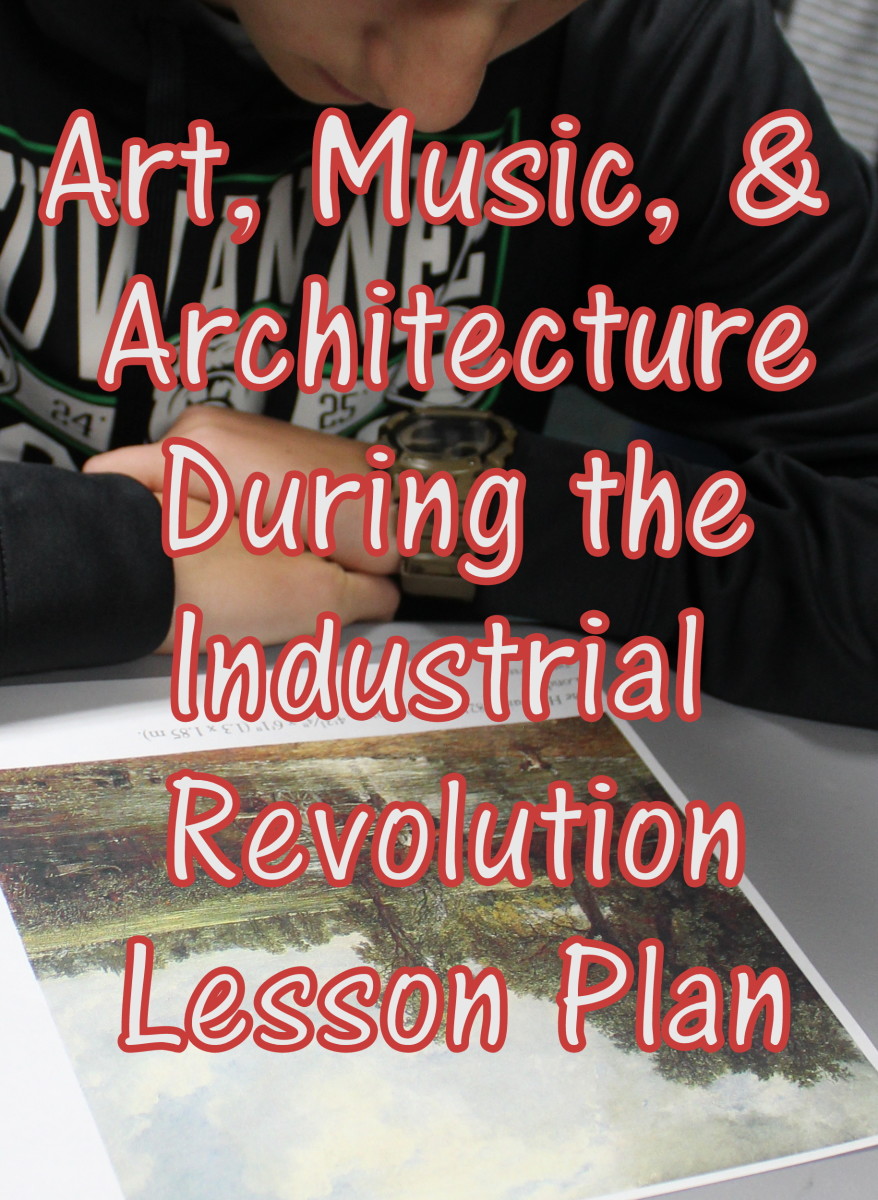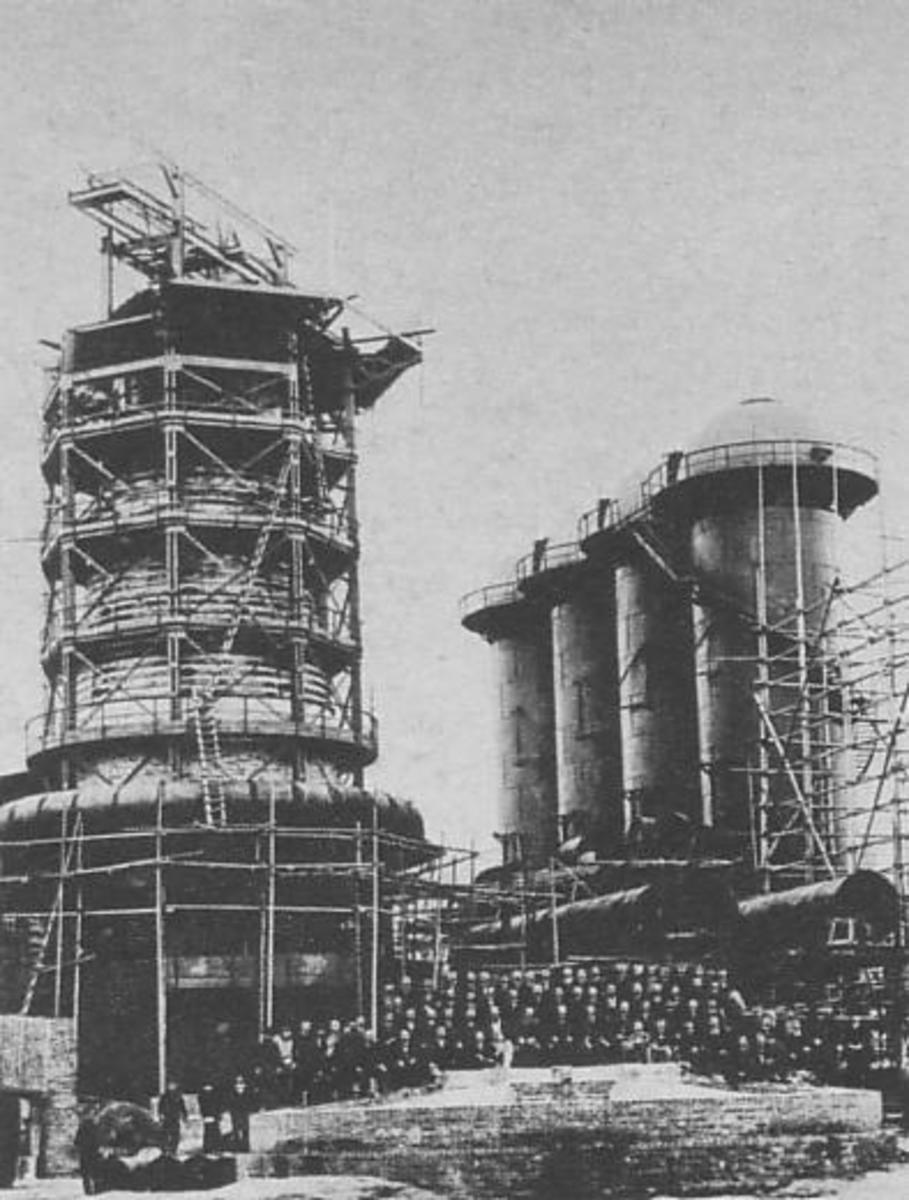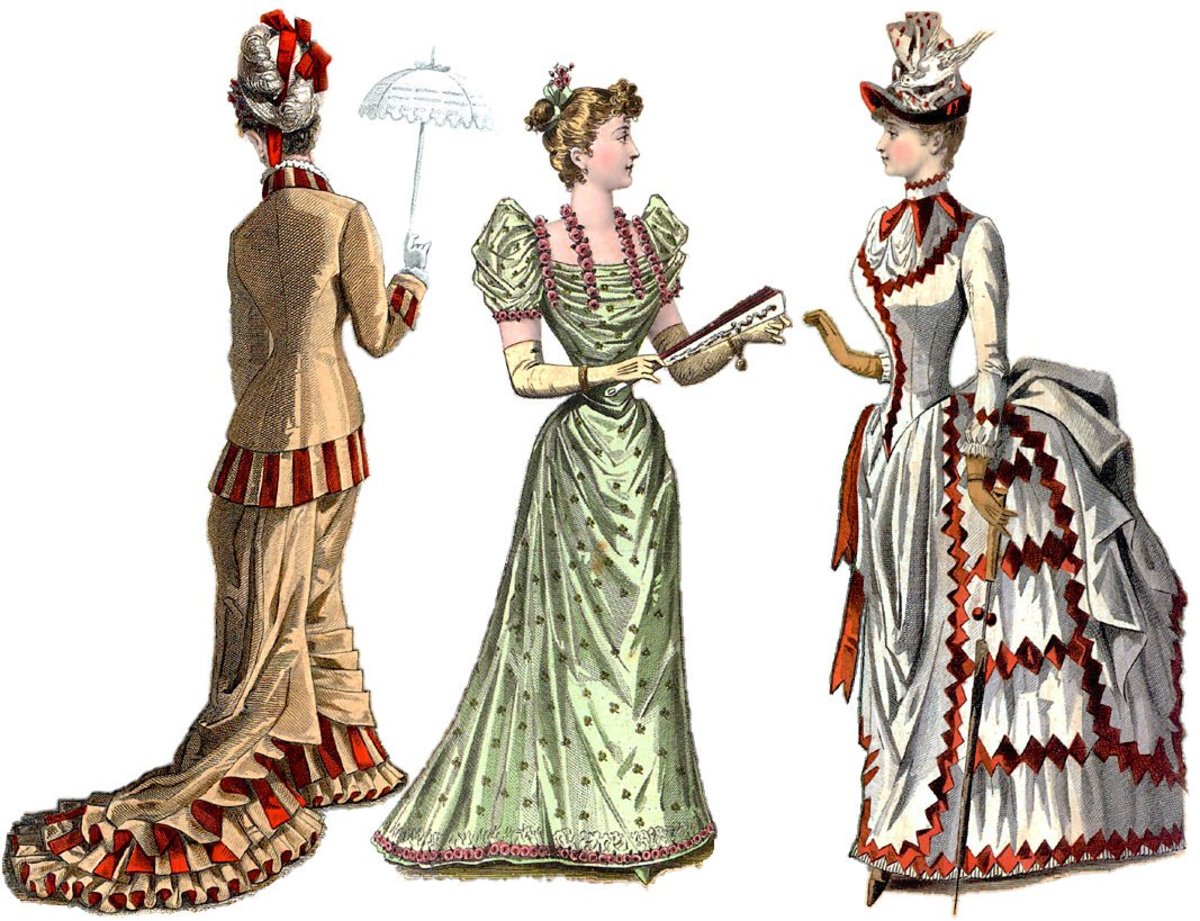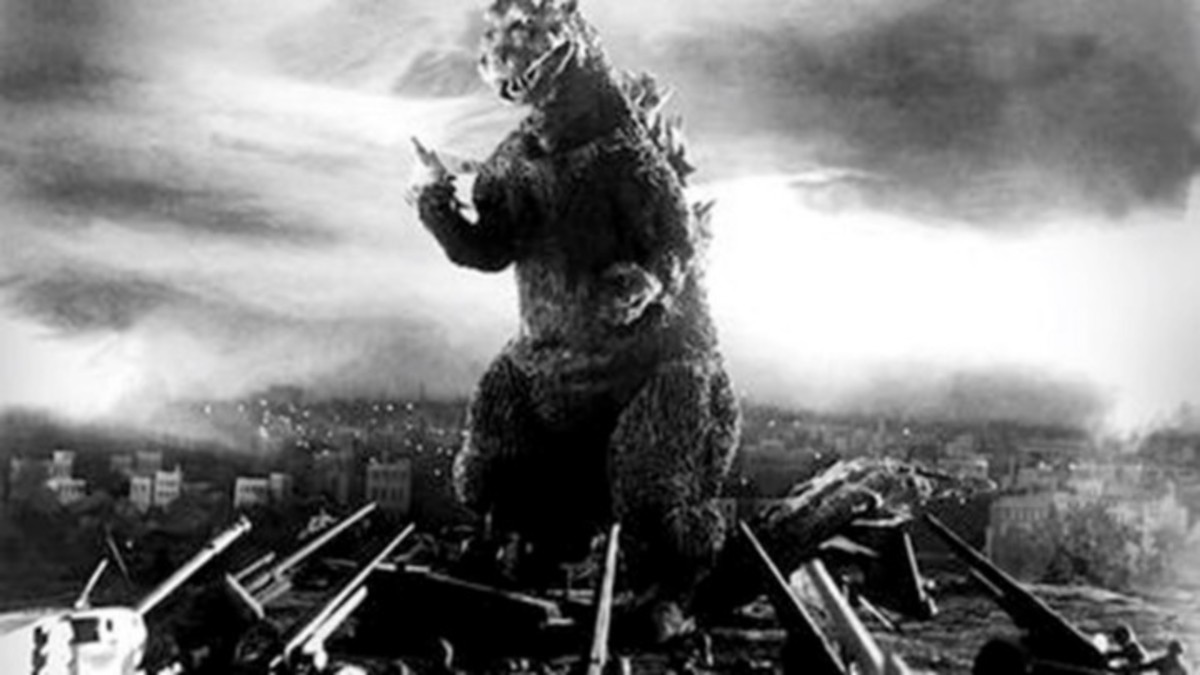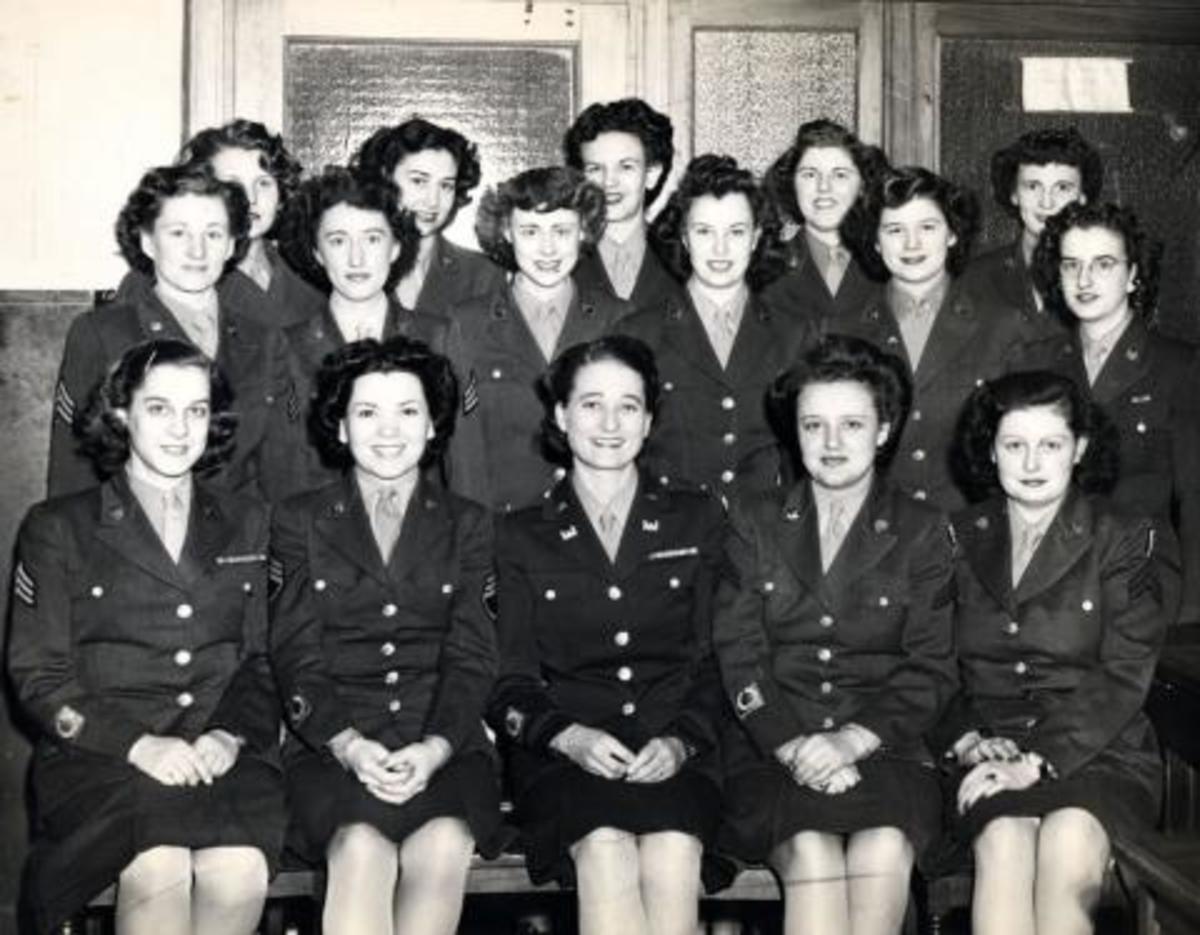- HubPages»
- Education and Science»
- History & Archaeology»
- History of the Modern Era»
- Twentieth Century History
The Industrial Revolution in America
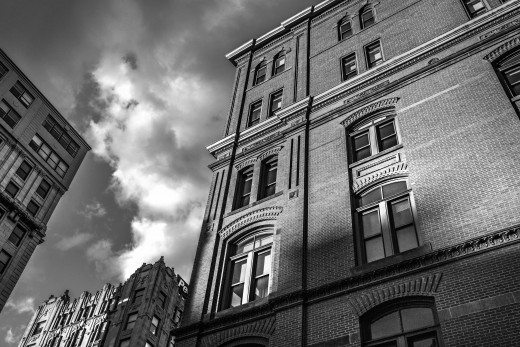
The Impact of the Industrial Revolution
The Industrial Revolution actually started in England in the 1700’s and lasted until the 1840’s, but the second wave sparked anew in the United States from 1870 to the start of World War I in 1914 as the American Industrial Revolution – one of great importance in forming the basis of modern living. It was a time of innovation, exploration, and modernization.
Views on Women in 1900
Early 20th century American women were still primarily homemakers and mothers, but of course there were some exceptions, as with single women and widows who had no choice but to work. Many were entrepreneurs, holding jobs as dressmakers, innkeepers, and shop owners, in addition to working in factories, or as domestic servants and nurses. However, men still dominated the workforce to that their earnings far surpassed women’s meager incomes. Overall, it was often a struggle for women to avoid poverty if the head of their home, or other male relatives, were to die. Many a penniless woman turned in desperation to brothel houses or loveless marriages just for the sake of survival. To add insult to injury, female teachers had to forfeit their jobs once they married, whereas male teachers were allowed to keep their careers regardless of marital status!
Health and Safety Concerns
It was also during this time that more and more immigrants continued coming to America to create better lives for themselves, particularly in larger cities across the country, including Boston, Philadelphia, New York City, Chicago, and San Francisco, and wherever else they could find jobs. The increased housing demands gave way to higher land and building costs, so that high-rise tenements became popular options. Such compact living, however, was both unsanitary as well as unsafe. Crowded to maximum capacity, they were breeding grounds widespread cholera and other illnesses, and devastating fires caused by kerosene explosions were common occurrences. And, without the existence of clear industry regulations for consumer products and services, people were just as easily at risk of being killed while traveling as they were by staying at home.
The Role of Chemistry
Fortunately for us all, chemistry was finally taken seriously in the latter half of the 1800’s when it became part of the science curriculum offered in colleges and universities. But while funding provided minimal laboratory space, chemistry professors rarely had the ability to conduct experimentation because they were kept busy with recitation and lectures. Any research was done independently and mostly off-campus as they found time, or had the resources to do so.
A limited, but growing number of chemists were also employed by government agencies, pharmaceutical houses, and businesses, to institute public health and safety guidelines and standards nationwide to form the basis of what we see in place today. Many chemists began publishing their research findings in journals and other periodicals, such as with the American Journal of Science and Arts, the Journal of Physical Chemistry, the Journal of Biological Chemistry, and Scientific American.
In 1900, over 150 chemists were public health workers funded by each state. The first public board of health started with the state of New York in 1880; the Department of Agriculture formed a chemistry division in 1881, and the Chemistry Bureau was formed in 1901, led by Harvey W. Wiley, whose work influenced the institution of The Pure Food and Drug Act of 1906. Product research also gained momentum with General Electric’s first product research lab director, Willis R. Whitney, who is considered to be the leader of the Industrial Research Movement, paving the way for other notable companies DuPont, Bell Telephone, Westinghouse, Eastman Kodak, and Standard Oil to follow suit.
World War I and Beyond
World War I may have heralded the end of such a remarkable era of progress, but not before enabling women to fill in the gaps in the workforce left behind by the men fighting overseas, serving in various capacities alongside them, and even enlisting in the war. And although it would take the better part of the century for education to become available to all people, regardless of gender or nationality, more women than ever before were able to attend college or trade schools, receive higher wages, and gain a voice amidst a society rife with change.


